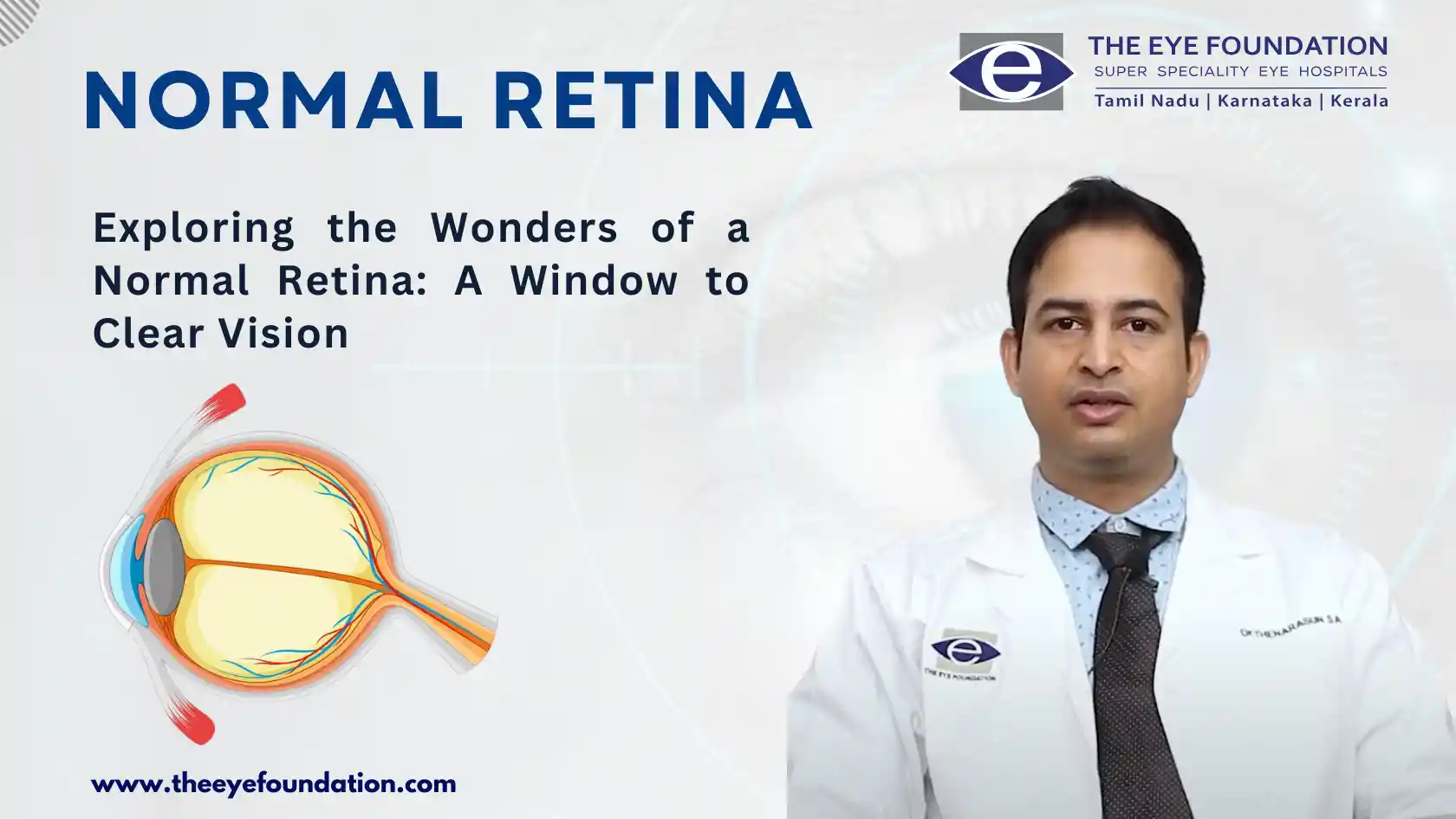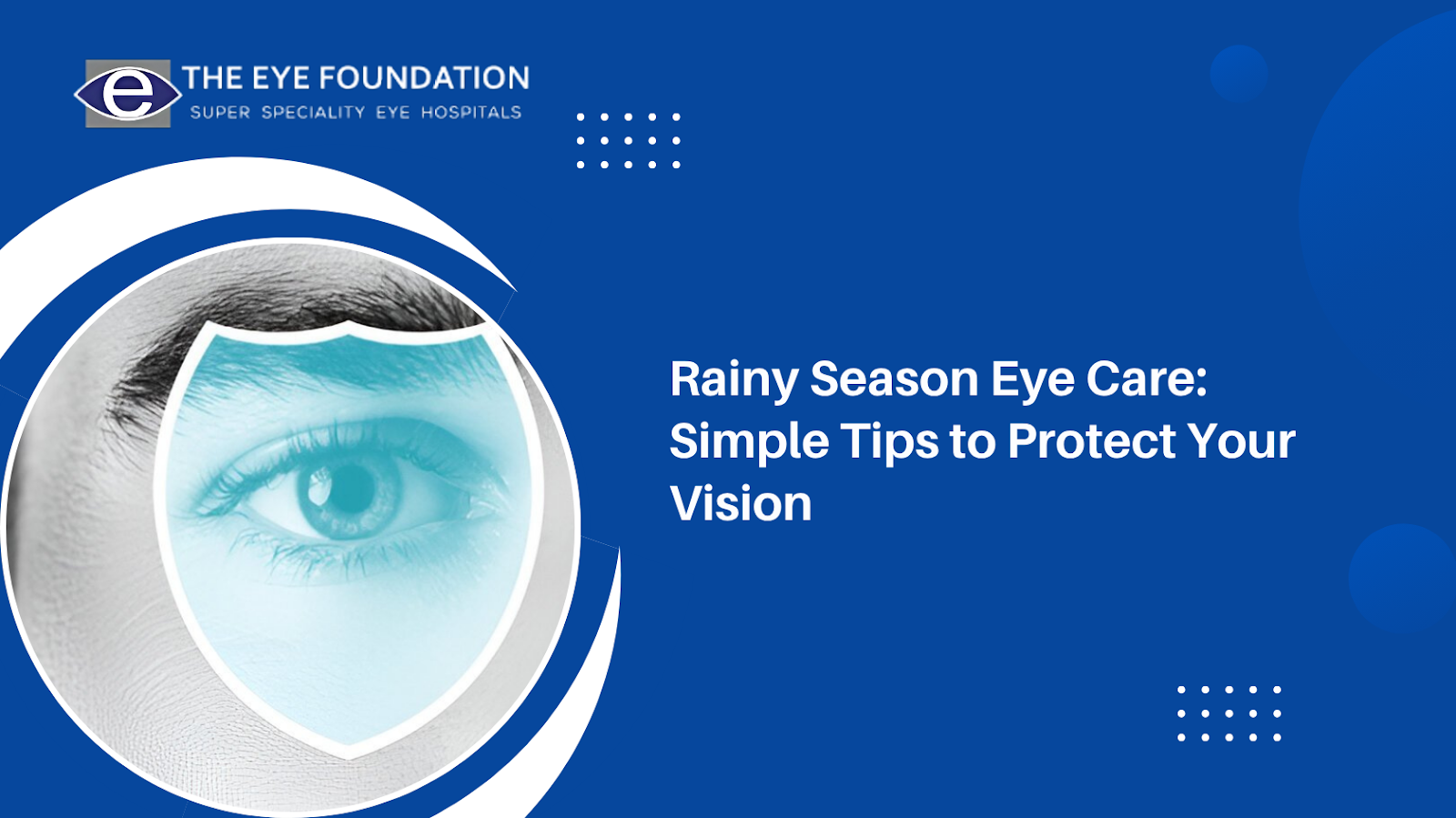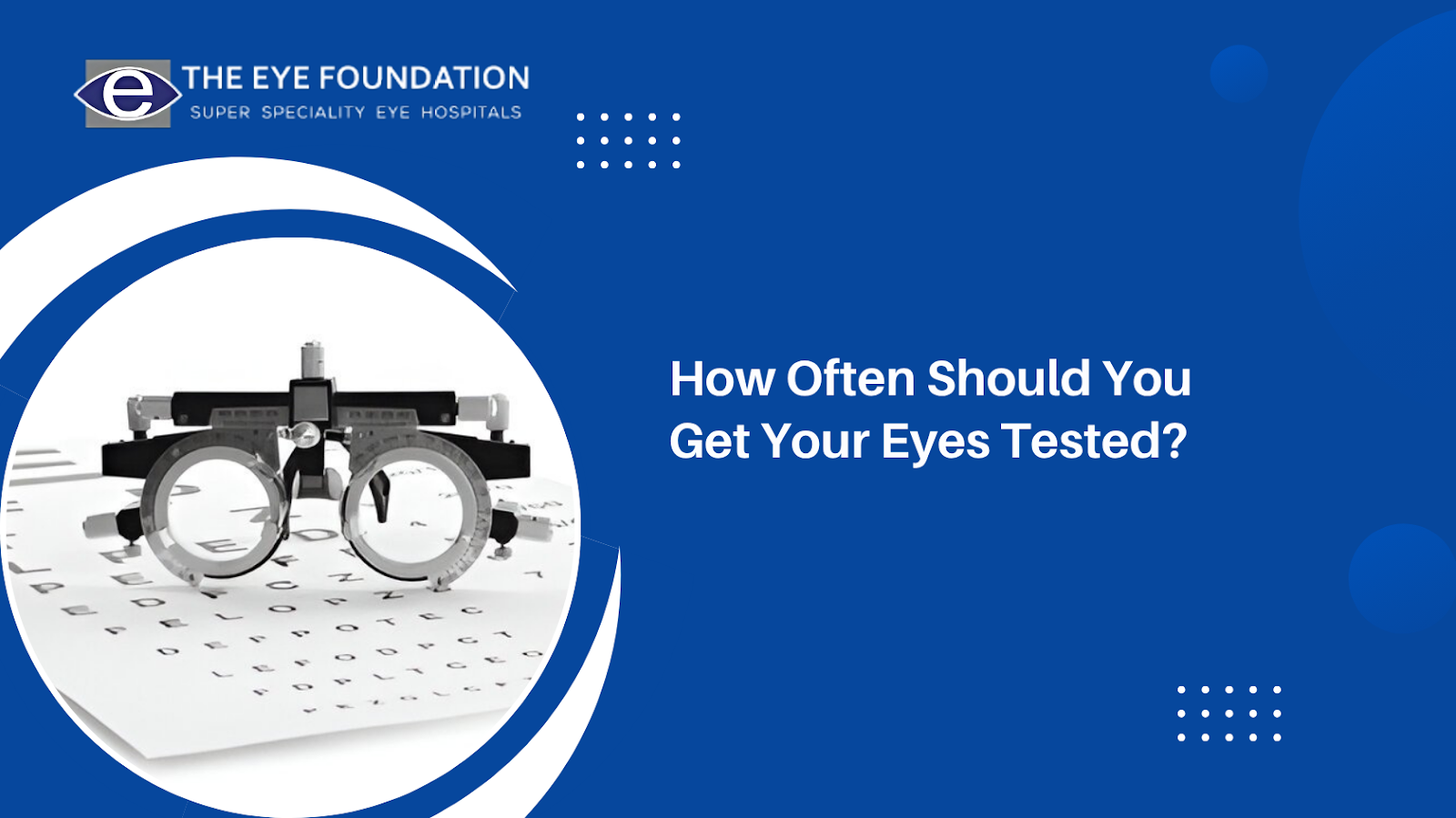The Eye Foundation: Your Gateway to a World of Clear Vision
The retina, a thin, light-sensitive tissue lining the back of the eye, plays a pivotal role in our ability to perceive the world around us. It captures incoming light, converts it into electrical signals, and transmits these signals to the brain via the optic nerve, where they are transformed into the vivid images we see. Understanding the structure and function of a normal retina is crucial for comprehending vision and identifying potential retinal disorders.
Delving into the Anatomy of a Normal Retina
The retina is a complex, multilayered structure composed of various specialized cells that work in harmony to capture and process visual information. These layers include:
- Photoreceptors: The rods and cones, located in the outer nuclear layer, are the light-sensitive cells of the retina. Rods are responsible for vision in low light, while cones provide color vision in bright light.
- Bipolar Cells: These cells receive signals from photoreceptors and transmit them to ganglion cells.
- Ganglion Cells: The ganglion cells, located in the inner nuclear layer, integrate the signals from bipolar cells and send them to the brain via the optic nerve.
- Retinal Pigment Epithelium (RPE): This single layer of cells lies beneath the photoreceptors and performs several essential functions, including absorbing light, providing nutrients to photoreceptors, and phagocytosing cellular debris.
The Intricate Dance of Light and Signals
When light enters the eye, it passes through the cornea, lens, and vitreous humor before reaching the retina. The photoreceptors, primarily rods and cones, absorb light and convert it into electrical signals. These signals are then relayed through a series of interconnected neurons, including bipolar and ganglion cells, before traveling along the optic nerve to the brain.
The Significance of a Healthy Retina
A normal retina is essential for clear vision. Any disruptions in the structure or function of the retina can lead to vision problems, ranging from mild blurriness to severe vision loss. Common retinal disorders include macular degeneration, diabetic retinopathy, and retinal detachment.
The Eye Foundation: Your Partner in Retinal Health
At The Eye Foundation, our expert vitreo-retinal specialists are dedicated to providing comprehensive care for patients with a wide range of retinal conditions. We offer advanced diagnostic and treatment modalities, including fundus photography, optical coherence tomography (OCT), and intravitreal injections, to ensure our patients receive the best possible care and achieve optimal visual outcomes.
Book an Appointment Today
If you have any concerns about your retinal health, we encourage you to schedule an appointment with our experienced vitreo-retinal specialists. Early detection and treatment of retinal disorders can significantly improve visual outcomes and preserve your precious gift of sight.






